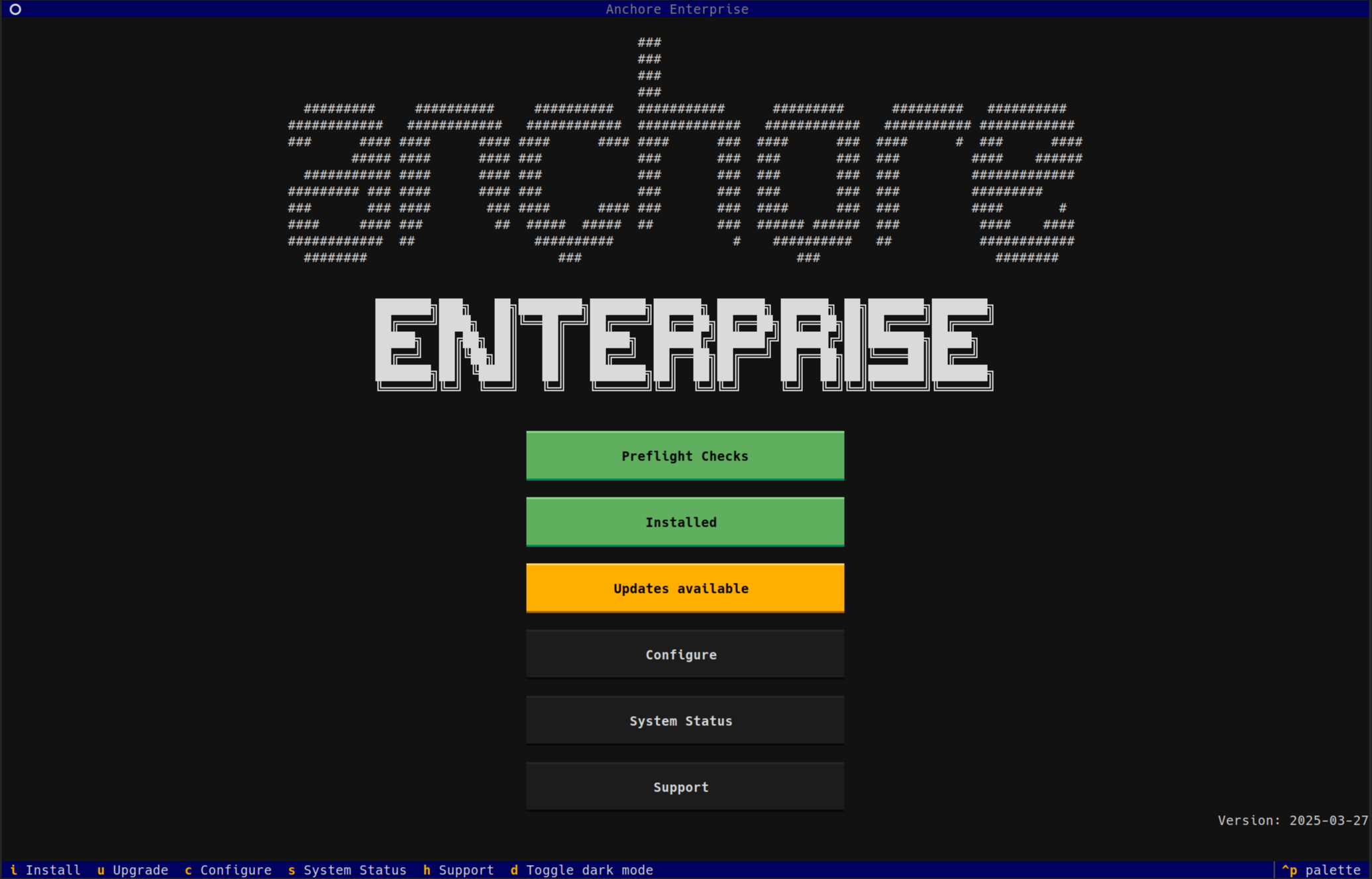Note: This is a multi-part series primer on the intersection of advanced persistent threats (APTs) and software supply chain security (SSCS). This blog post is the second in the series. If you’d like to start from the beginning, you can find the first blog post here.
Last week we set the stage for discussing APTs and the challenges they pose for software supply chain security by giving a quick overview of each topic. This week we will dive into the details of how the structure of the open source software supply chain is a uniquely ripe target for APTs.
The Intersection of APTs and Software Supply Chain Security
The Software Ecosystem: A Ripe Target
APT groups often prioritize the exploitation of software supply chain vulnerabilities. This is due to the asymmetric structure of the software ecosystem. By breaching a single component, such as a build system, they can gain access to any organization using the compromised software component. This creates an inversion in the cost benefit of the effort involved in the research and development effort needed to discover a vulnerability and craft an exploit for the vulnerability. Before APTs were focused primarily on targets where the pay off could warrant the investment or vulnerabilities that were so wide-spread that the attack could be automated. The complex interactions of software dependencies allows APTs to scale their attack due to the structure of the ecosystem.
The Software Supply Chain Security Dynamic: An Unequal Playing Ground
The interesting challenge with software supply chain security is that securing the supply chain requires even more effort than an APT would take to exploit it. The rub comes because each company that consumes software has to build a software supply chain security system to protect their organization. An APT investing in exploiting a popular component or system gets the benefit of access to all of the software built on top of it.
Given that security organizations are at a structural disadvantage, how can organizations even the odds?
How Do I Secure My Software Supply Chain from APTs?
An organization’s ability to detect the threat of APTs in its internal software supply chain comes down to three core themes that can be summed up as “go deep, go wide and integrate feedback”. Specifically this means, the deeper the visibility into your organization’s software supply chain the less surface area an attack has to slip in malicious software. The wider this visibility is deployed across the software development lifecycle, the earlier an attacker will be caught. Neither of the first two points matter if the feedback produced isn’t integrated into the overall security program that can act on the signals surfaced.
By applying these three core principles to the design of a secure software supply chain, an organization can ensure that they balance the playing field against the structural advantage APTs possess.
How Can I Easily Implement a Strategy for Securing My Software Supply Chain?
The core principles of depth, breadth and feedback are powerful touchstones to utilize when designing a secure software supply chain that can challenge APTs but they aren’t specific rules that can be easily implemented. To address this, Anchore has created the open source VIPERR Framework to provide specific guidance on how to achieve the core principles of software supply chain security.
VIPERR is a free software supply chain security framework that Anchore created for organizations to evaluate and improve the security posture of their software supply chain. VIPERR stands for visibility, inspection, policy enforcement, remediation, and reporting.
Utilizing the VIPERR Framework an organization can satisfy the three core principles of software supply chain security; depth, breadth and feedback. By following this guide, numerous Fortune 500 enterprises and top federal agencies have transformed their software supply chain security posture and become harder targets for advanced persistent threats. If you’re looking to design and run your own secure software supply chain system, this framework will provide a shortcut to ensure the developed system will be resilient.
How Can I Comprehensively Implement a Strategy for Securing My Software Supply Chain?
There are a number of different comprehensive initiatives to define best practices for software supply chain security. Organizations ranging from the National Institute of Standards and Technology (NIST) with standards such as SP 800-53, SP 800-218, and SP 800-161. The Cloud Native Computing Foundation (CNCF) to Open Source Security Foundation (OpenSSF) have created detailed documentation on their recommendations to achieve a comprehensive supply chain security program, such as, the SLSA framework and Secure Supply Chain Consumption Framework (S2C2F) Project. Be aware that these are not quick and dirty solutions for achieving a “reasonably” secure software supply chain. They are large undertakings for any organization and should be given the resources needed to achieve success.
We don’t have the time to go over each in this blog post but we have broken each down in our complete guide to software supply chain security.
This is the second in a series of blog posts focused on the intersection of APTs and software supply chain security. This blog post highlighted the reasons that APTs focus their efforts on software supply chain exploits and the potential avenues that companies have to combat this threat. Next week we will discuss the Anchore Enterprise solution as a turnkey platform to implement the strategies outlined above.



